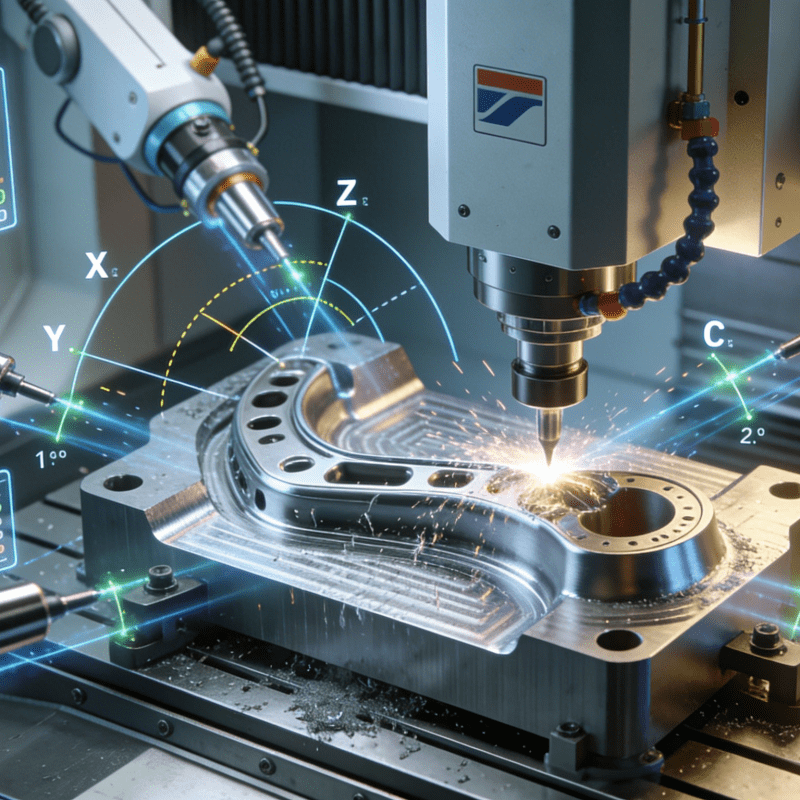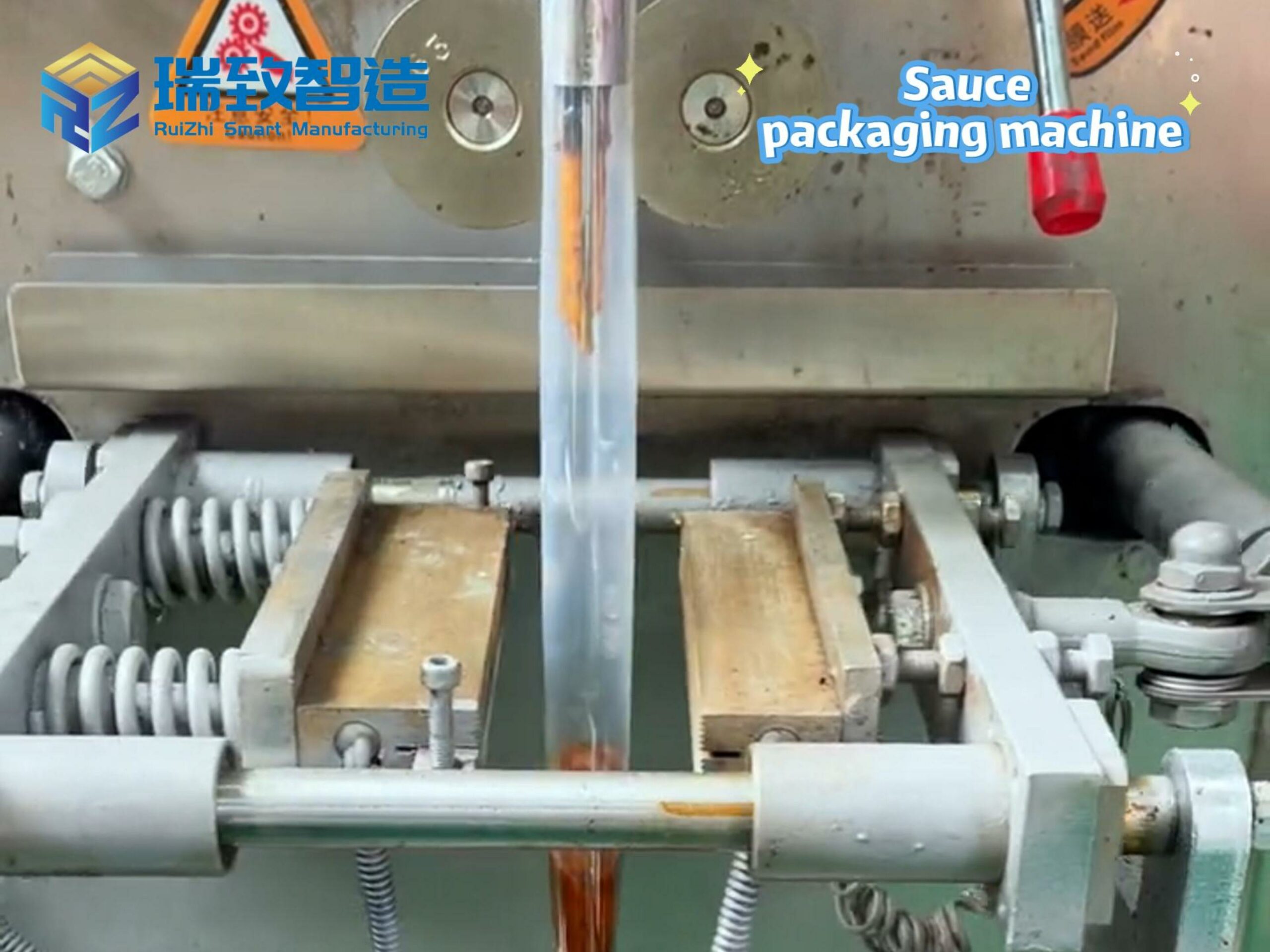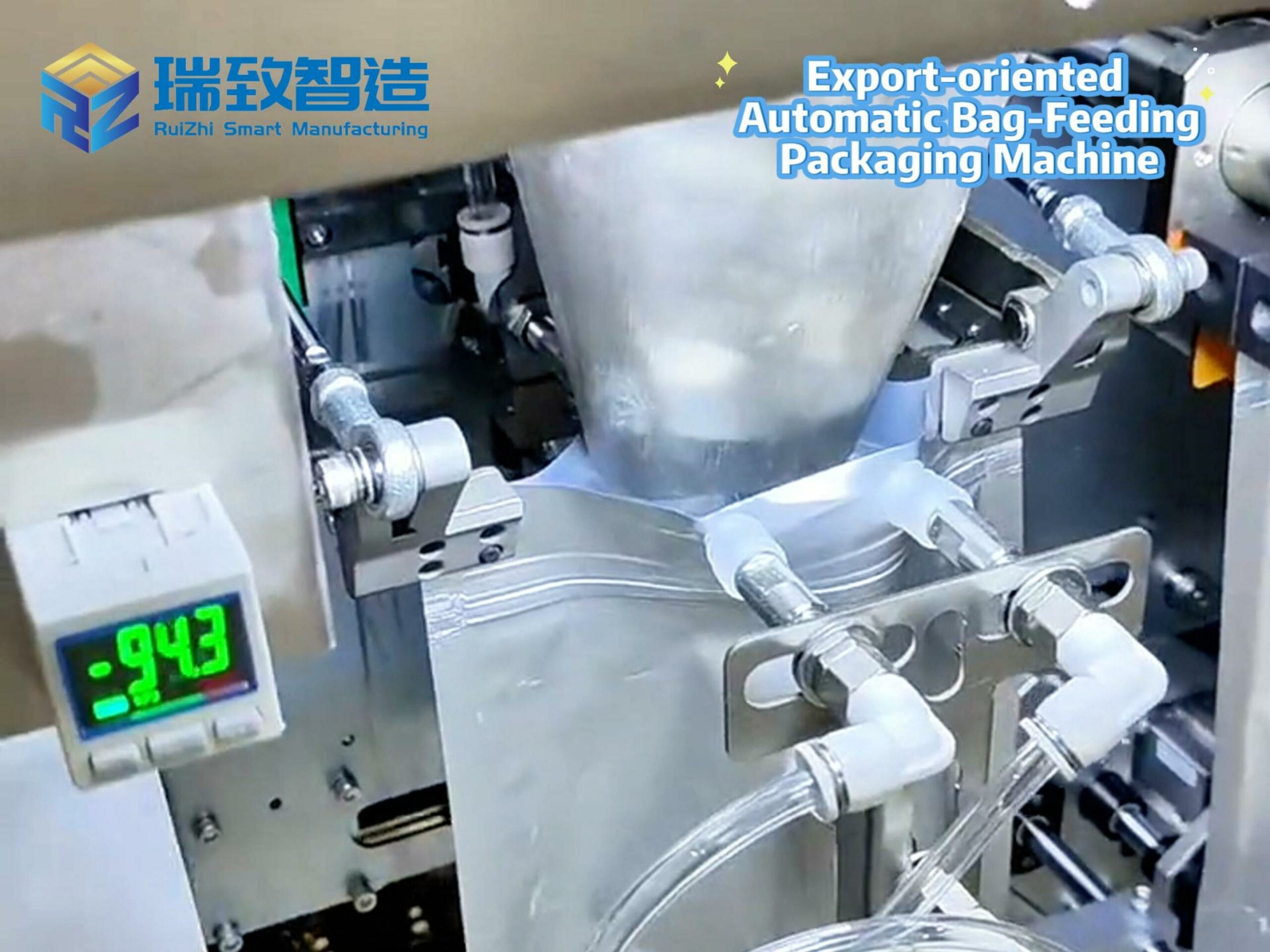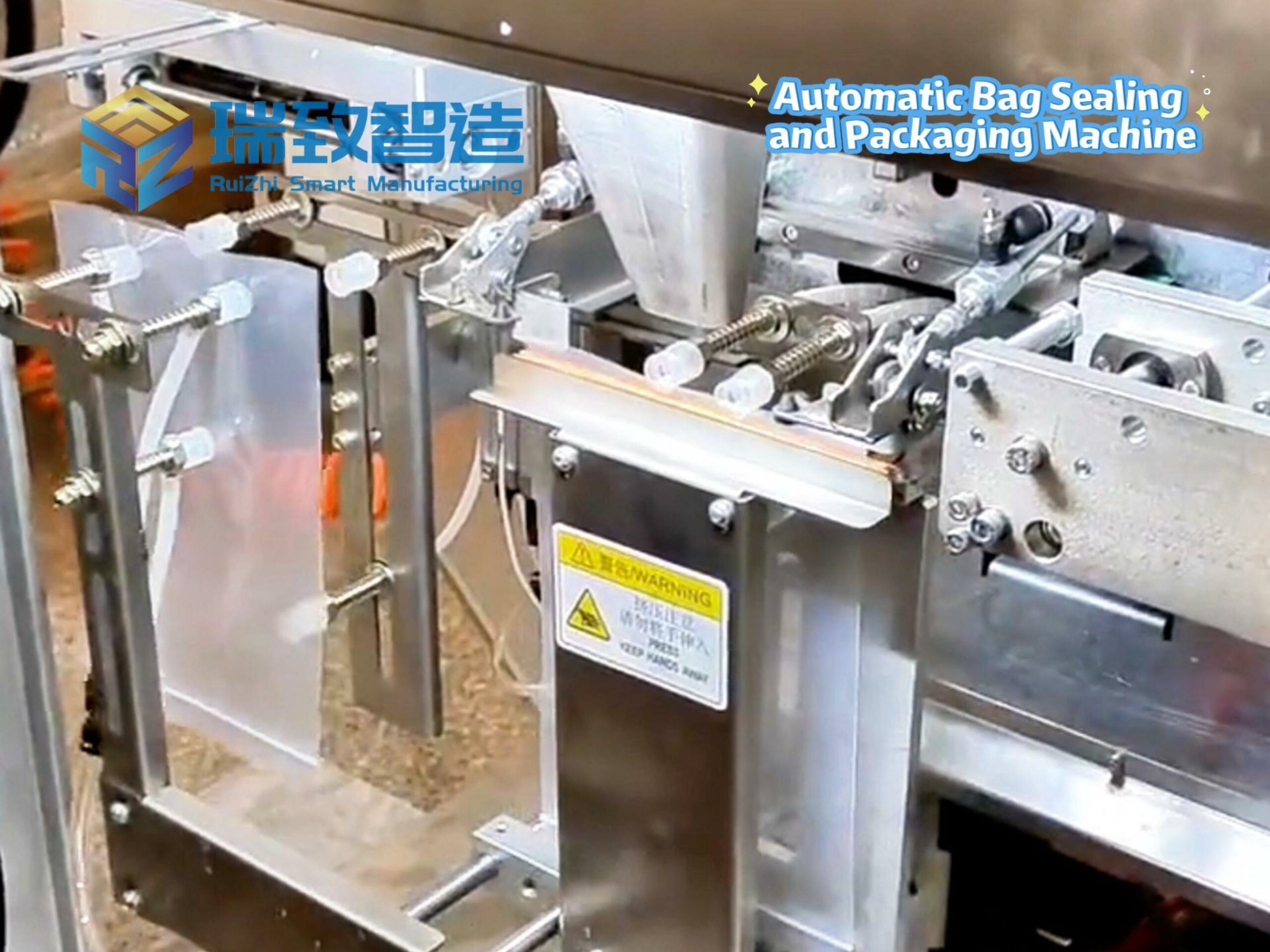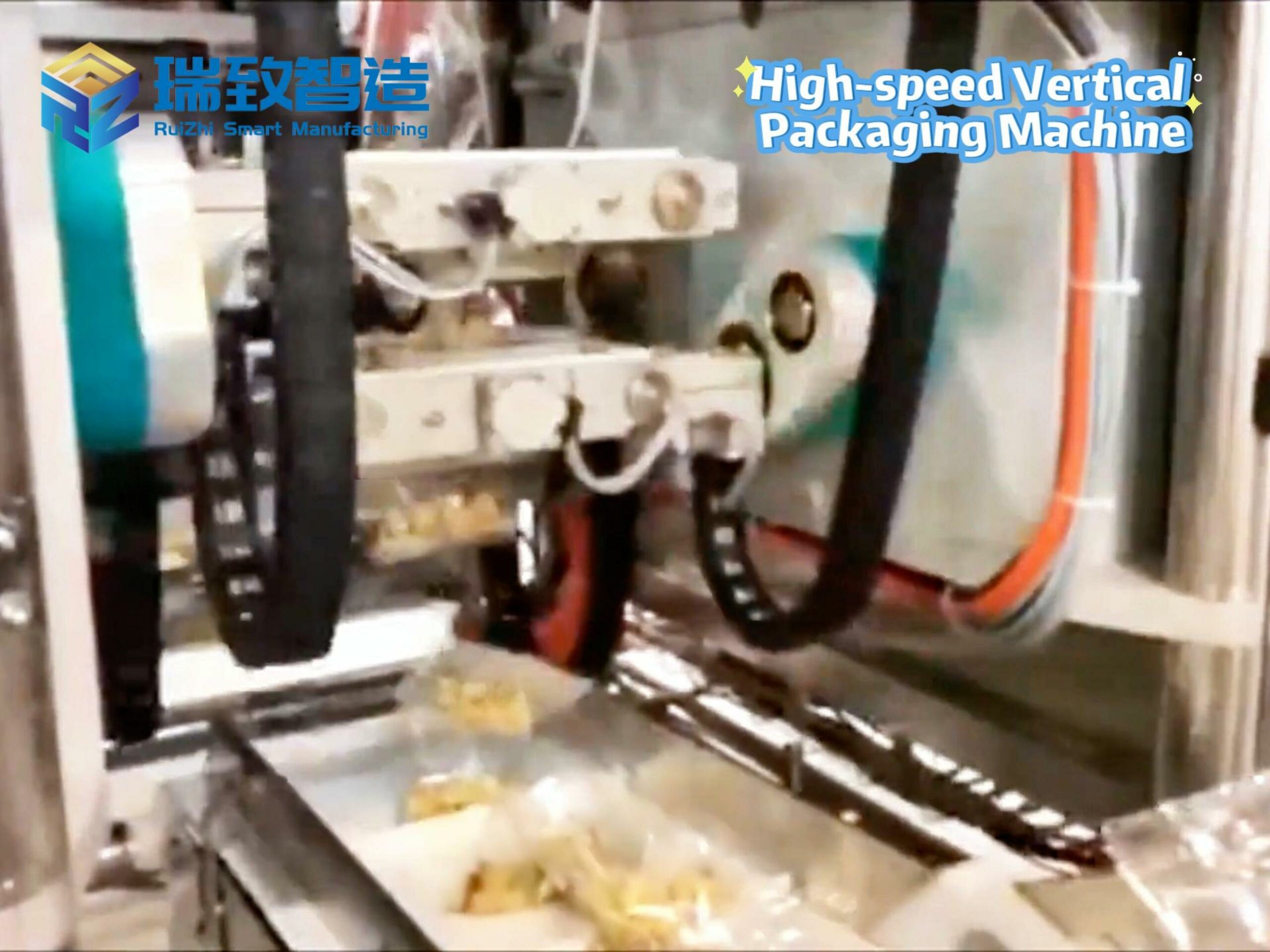Picture this: A manufacturing plant grinds to a halt as engineers scramble to diagnose a critical equipment failure. Traditional Failure Mode and Effects Analysis (FMEA) would take weeks—time the business can’t afford to lose. Meanwhile, a financial institution’s IT team stares at a legacy system coded in a 30-year-old language, paralyzed by the risk of updating it. These are the kinds of bottlenecks that once defined enterprise operations. But today, artificial intelligence (AI) automation is turning them into opportunities for unprecedented efficiency.
In June 2023, the release of McKinsey’s The Economic Potential of Generative AI: The Next Productivity Frontier sent shockwaves through boardrooms worldwide. The report’s urgency echoed Amazon Web Services’ (AWS) game-changing 2010s campaign, which challenged C-suite leaders: Why invest in costly servers when AWS virtual machines cost mere cents? Both moments forced executives to confront a new reality: Fall behind in tech adoption, and risk obsolescence.
Vendors and consultants quickly seized on this anxiety. Aggressive marketing around “AI competitive risk” triggered a cascade of questions from boards to frontline teams: What are we doing with AI? Technical leaders scrambled to respond—sometimes enthusiastically, sometimes reluctantly—eager to explore the shiny new tool. But in the rush to act, many organizations conflated “AI novelty” (think Rube Goldberg-esque experiments) with tangible business value. The result? A landscape littered with failed proof-of-concepts (PoCs) and unfulfilled promises.
Today’s Opportunity: Automation That Delivers Results
Panic-driven decisions often breed risk—and AI adoption has been no exception. Two 2025 headlines underscored this: The Wall Street Journal reported on companies struggling to realize ROI from AI, while MIT retracted a paper whose AI-driven findings couldn’t be replicated. These cautionary tales highlight the perils of unguided AI enthusiasm.
Yet, amid the chaos, a clear path forward has emerged: AI automation thrives in rule-bound, process-heavy environments. By focusing on use cases with defined inputs, outputs, and success metrics, businesses are now unlocking transformative gains. The key lies in aligning AI’s strengths—language processing (translation, pattern recognition) and data manipulation (formatting, search)—with real-world challenges.
Example 1: Natural Language Processing (NLP) Solves Complex Challenges
: Intel faced a nightmare scenario: Global factories, time zones, and language barriers delayed FMEA (a critical failure analysis process) by weeks. Engineers wasted hours sifting through technician logs to diagnose issues.
: NLP analyzed six months of equipment logs in under a minute, using sentiment analysis to flag critical anomalies. Downtime dropped, and proactive maintenance became the norm.
: Legacy systems coded in obsolete languages (e.g., COBOL) stymied innovation at merged financial institutions. Rewriting them was too risky; maintaining them, too costly.
: NLP translated legacy code into modern languages, letting engineers update systems without overhauling them.
Example 2: Generative AI and Retrieval Augmented Generation (RAG)
: Formatting product data for RFPs (Requests for Proposal) used to take weeks—sales and legal teams burned hours reworking PowerPoint decks and Word docs.
: Generative AI + RAG automated RFP formatting. What once took weeks now takes hours, slashing response times and errors.
: Employees and HR teams alike struggled with policy navigation—misinterpretations led to access issues and data breaches.
: A chatbot powered by generative AI and RAG used employee credentials to deliver real-time, personalized policy guidance.
How to Find Your AI Sweet Spot
With 80–90% of AI PoCs failing to scale, caution is critical. Start with three steps:
Assess Data Governance: Clean, structured data is AI’s fuel. Fix data quality before deploying tools.
Benchmark Peers: Learn from industry leaders’ successes (and mistakes).
Prioritize Rules-Based Processes: AI excels at repeatable tasks—think RFPs, FMEA, or HR workflows. For ambiguous problems (e.g., unstructured video data), keep humans in the loop.
The Future Belongs to the Pragmatic
As AI hype fades, the spotlight shifts to practicality. Businesses that embed AI into well-defined, rule-driven processes will not only survive 2025—they’ll dominate the next decade. The lesson is clear: AI isn’t a magic bullet, but a precision tool. When paired with strategy, governance, and human oversight, it transforms “what if” into “what is”—turning operational drags into competitive advantages.
In the end, the greatest value of AI automation isn’t in the technology itself. It’s in what it frees us to do: focus on creativity, innovation, and the human elements of work that machines can never replicate. That’s the future worth building.



